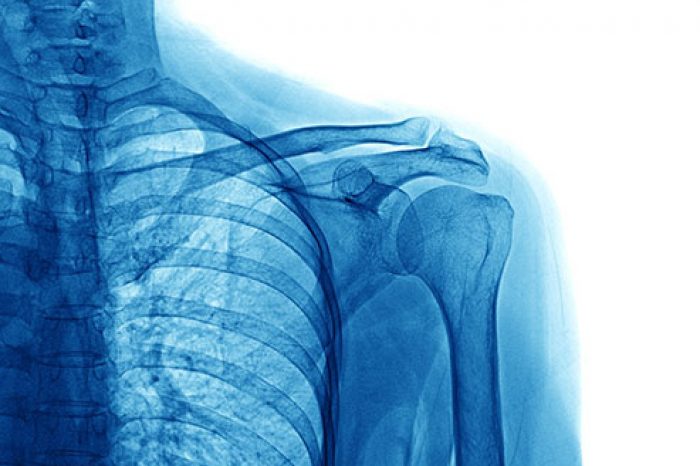

Thousands of vaccinations are administered every day in the United States. Transient pain at the vaccine injection site is one of the more common side-effects. Persistent shoulder pain following vaccination can occur, and is due to the unintentional injection into the subacromial bursa, rotator cuff or underlying bone.
Shoulder injury related to vaccine administration or SIRVA accounts for
87% of shoulder pain and disability after the influenza vaccination (Hibbs et al, 2020). In many cases with chronic pain, imaging studies often do not reveal the source of pain. Various treatments have been described, including non-steroidal anti-inflammatory drugs (NSAIDs), corticosteroid injections, physical therapy, and surgery.
Ultrasonic aspiration of and debridement of the tendon has been described by Bodor et al. (2021). Similar to Dr. Bodor’s approach our clinic uses a diagnostic musculoskeletal ultrasound and anesthetic injections to help differentiate and confirm the source of pain. This approach is similar to how facet injections in orthopedic spine care are used to localize the source of back pain.
While the exact mechanism of SIRVA is unknown, ultrasonic aspiration has been used in the shoulder to break up calcifications (Berrigan et al, 2022)
In our clinic, we perform an ultrasonic percutaneous tenotomy using the Tenex device to disrupt and aspirate the degenerated and inflamed tissue, stimulation of a healing response and washing away of any residual vaccine particles. This procedure is covered by most insurance plans, is performed with local anesthesia typically in under 5-minutes and does not require stiches or general anesthesia.
Vaccines can be an important public health tool to reduce the risk of infection. The risk of vaccine administration-related shoulder injury can be reduced by giving careful consideration to the appropriate needle length based on an individual patients shoulder size and care to insure that the needle is not inserted into the upper third of the shoulder (deltoid) muscle.
This video demonstrates removing a calcification and diseased tissuefrom the rotator cuf
Adductor longus selective tenotomy is a modern surgical treatment for chronic groin pain that offers faster recovery and better outcomes than traditional full release surgery. The adductor longus, an inner thigh
Read MoreDiscover how ultrasound helps diagnose plantar fat pad atrophy, a leading cause of ball-of-foot pain. Learn about symptoms, thickness cutoffs, and why early detection matters for relief.
Read More